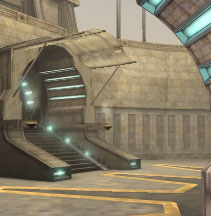... has made me wonder why I try to fight the good fight.
I don't particularly mind the comparisons with other available cards in almost all the reviews. The problem has to do with the mentality that "You must be on top or near the top of the frames-per-second chart" is all that matters. It don't matter to these guys that being above completely playable framerates is what really metters, not being the fastest. That and all the IQ considerations that goes with this.
I will be taking leave for a while to get away from something I have a passion for but of which I feel that the "reviewing industry" has become sickeningly drugged by the fastest-is-always-all-that-matters mental state. I hope to come back refreshed, be able to read reviews all the way to the end instead of hitting the X button halfway through... and start, again, to fight the good fight.
Hopefully that time is around the NV30's availability.
I don't particularly mind the comparisons with other available cards in almost all the reviews. The problem has to do with the mentality that "You must be on top or near the top of the frames-per-second chart" is all that matters. It don't matter to these guys that being above completely playable framerates is what really metters, not being the fastest. That and all the IQ considerations that goes with this.
I will be taking leave for a while to get away from something I have a passion for but of which I feel that the "reviewing industry" has become sickeningly drugged by the fastest-is-always-all-that-matters mental state. I hope to come back refreshed, be able to read reviews all the way to the end instead of hitting the X button halfway through... and start, again, to fight the good fight.
Hopefully that time is around the NV30's availability.



